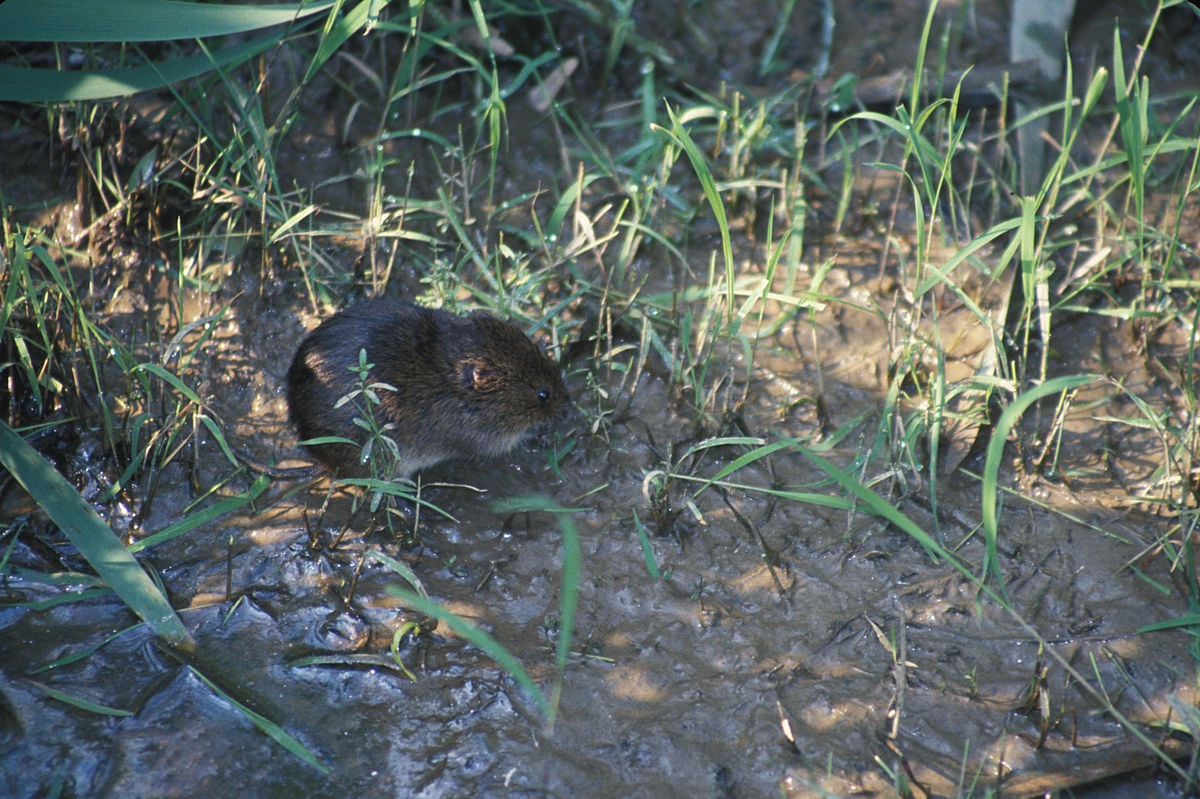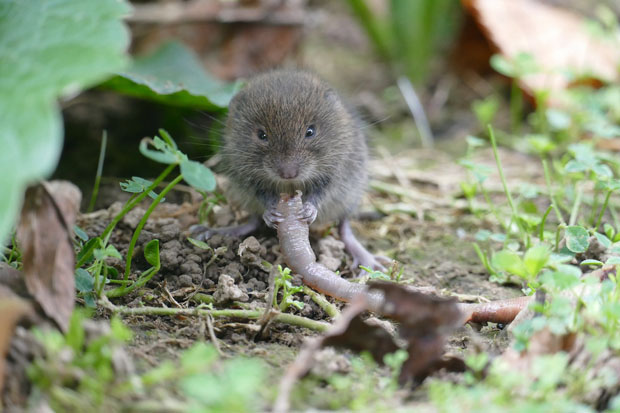Professional Techniques for Vole Control and Avoidance
Professional Techniques for Vole Control and Avoidance
Blog Article
Comprehensive Overview to Effective Vole Insect Control: Problem Identification and Treatment Techniques
In the world of efficient insect control, vole infestations present a distinct difficulty that demands a tactical strategy. By checking out the subtleties of vole behavior, understanding crucial signs of infestation, and assessing a range of control choices, one can develop an extensive technique to deal with these evasive pests.
Understanding Vole Behavior
Vole actions is characterized by their delving habits and quick reproduction prices, making them a difficult pest to control successfully. These small rats normally develop intricate passage systems underground, using them for sanctuary, food storage space, and transport. Voles are herbivores, taking in a range of plants, origins, light bulbs, and turfs, which can cause considerable damage to yards, orchards, and grass. Their rapid reproductive price more complicates control efforts, with women capable of producing multiple trashes in a single year, each having a number of offspring.
Voles are most active during the morning and night hours, investing most of their time foraging for food. Their tunneling habits not only disrupt lawns and gardens yet likewise make them testing to spot and remove. Recognizing vole actions is important for reliable bug control techniques. By recognizing their burrow areas, keeping track of feeding locations, and executing targeted control techniques, such as trapping or environment alteration, vole infestations can be managed efficiently.
Signs of Vole Invasion

Prevention Methods
Executing effective avoidance approaches is critical in minimizing vole invasions and safeguarding plant life from their damaging feeding habits (vole yard damage). To avoid vole invasions, it is vital to start by eliminating potential food resources and shelter. Maintain lawn and greenery cut short, get rid of weeds and debris, and keep a tidy yard or grass to make the area much less appealing to voles. Installing obstacles such as hardware towel or underground secure fencing can likewise help prevent voles from going into details vole control areas. In addition, lowering excess wetness by taking care of leaky pipes and making sure correct water drainage can make the setting much less hospitable for voles.
Frequently inspecting the residential or commercial property for indicators of vole task, such as runways and tunnel openings, is essential for very early detection and punctual action. If vole activity is suspected, consider using repellents or traps strategically positioned near their paths.
Non-Lethal Control Approaches
To efficiently manage vole populations while focusing on gentle methods, non-lethal control techniques offer useful remedies for minimizing vole damage in yards and landscapes. These barriers can be hidden at the very least 12 inches bent and deep at a 90-degree angle to avoid voles from burrowing underneath.

Lethal Control Options
One reliable technique for addressing vole infestations in landscapes and gardens involves the tactical usage of dangerous control choices. When faced with a severe vole problem that non-lethal approaches have failed to include, executing deadly control actions ends up being critical. Overall, when utilizing lethal control choices, it is crucial to do so responsibly and in accordance with local laws to effectively handle vole invasions.
Conclusion
In conclusion, efficient vole parasite control requires a comprehensive understanding of vole habits, recognition of indicators of problem, implementation of prevention methods, and application of both non-lethal and lethal control methods. By incorporating these approaches, people can efficiently take care of vole populaces and secure their residential or commercial property from damage. It is essential to deal with vole problems promptly to protect against additional concerns and lessen the influence on the surrounding setting.
Given the detailed tunnel systems and quick recreation prices characteristic of voles, identifying the signs of vole problem becomes crucial in reliable pest control. One of the primary indications of vole presence is the presence of surface runways or trails in turf or snow, generally regarding 1-2 inches broad, produced as voles travel between their burrows and food sources.To properly take care of vole populations while focusing on gentle methods, non-lethal control strategies provide sensible services for decreasing vole damage in gardens and landscapes.One effective method for attending to vole infestations in landscapes and yards includes the tactical usage of lethal control choices. vole control utah.In conclusion, efficient vole bug control calls for a comprehensive understanding of vole habits, recognition of signs of invasion, execution of prevention techniques, and utilization of both non-lethal and deadly control techniques
Report this page